Suborder Serpentes Higher classification Boas Rank Subfamily | Subphylum Vertebrata Scientific name Erycinae Phylum Chordata Order Scaled reptiles | |
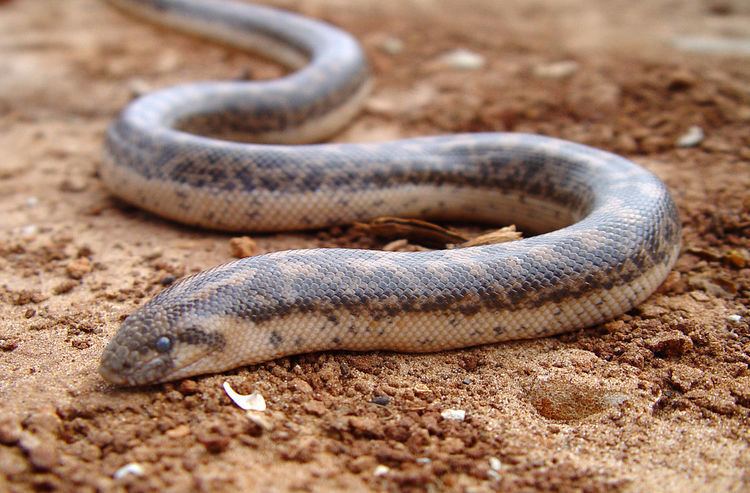 | ||
Lower classifications Eryx, Eryx jaculus | ||
Sand boa erycinae group in police custody
The Erycinae are a subfamily of nonvenomous snakes, commonly called boas, found in Europe, Asia Minor, Africa, Arabia, central and southwestern Asia, India, Sri Lanka, and western North America. Three genera comprising 15 species are currently recognized.
Contents
- Sand boa erycinae group in police custody
- Description
- Geographic range
- Behavior
- Feeding
- Reproduction
- Smuggling and poaching in India
- Captivity
- Genera
- References
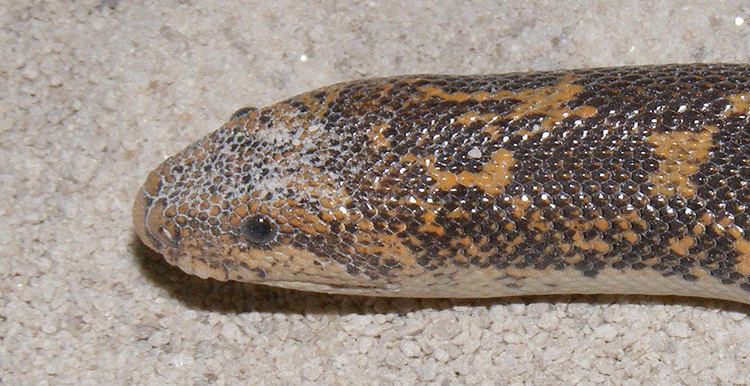
Description
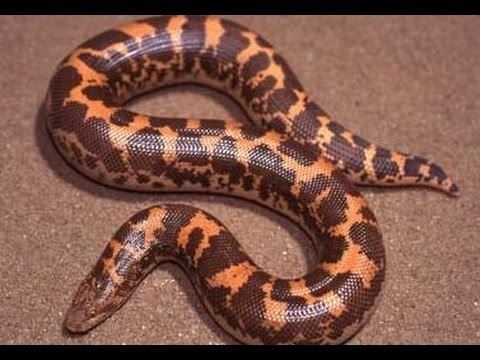
This is a subfamily of stout-bodied snakes, all of which are competent burrowers. The largest, E. johnii, rarely exceeds 120 cm (47 in) in total length (including tail). Most grow to around 60 cm (24 in) in total length. They have small eyes and hard, small scales to protect their skin from the grit of sand. A great deal of sexual dimorphism exists, with females generally becoming much larger than males.
Geographic range
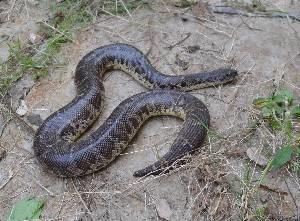
They are found in south southeastern Europe, Asia Minor, north, central, west and east Africa, Arabia, central and southwestern Asia, India, Sri Lanka, southwestern Canada, the western United States, and northwestern Mexico.
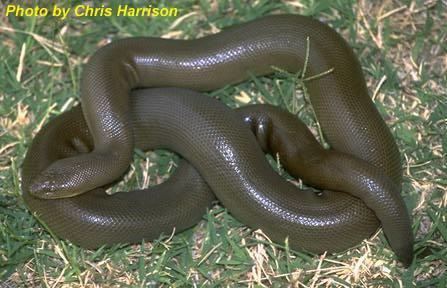
Fossil erycines have been found in rock strata over 50 million years old, and were once widespread in North America. Now, only two species remain in North America, as well as the sand boas in Africa, Asia, and southeastern Europe.
Behavior
The majority spend much of their time basking below the surface of the sand, with only their eyes or head exposed. When potential prey approaches, they erupt out of the sand, bite, and employ constriction to subdue it.
Feeding
Their primary diet consists of rodents, but they have also been known to prey on lizards and birds.
Reproduction
Otherwise far removed from their boine relatives, they are generally ovoviviparous, i.e., giving birth to live young. At least three species lay eggs, however: the Calabar python, Charina reinhardtii (once regarded as a python for this reason), the Arabian sand boa, Eryx jayakari, and the West African sand boa, E. muelleri.
Smuggling and poaching in India
The Indian government has failed to protect rare species of sand boa in India. Poaching and smuggling of this creature is very alarming. Most of the smuggled snakes go to the United States, where they are considered very attractive. There is a misconception about their medicinal and aphrodisiacal properties, as well as the belief that keeping this snake as a pet brings wealth and prosperity.
Captivity
Gongylophis colubrinus, G. conicus and E. johnii are frequently available in the exotic pet trade and are often captive bred. They breed readily, their small size making them an attractive option. They are usually not an aggressive species, though they sometimes have a tendency to bite, and also spend the vast majority of their time hiding; so some keepers may not find them as enjoyable as the more gregarious species. Other species are not commonly available, but are occasionally imported.
Genera
* Not including the nominate subspecies.
T Type genus.
